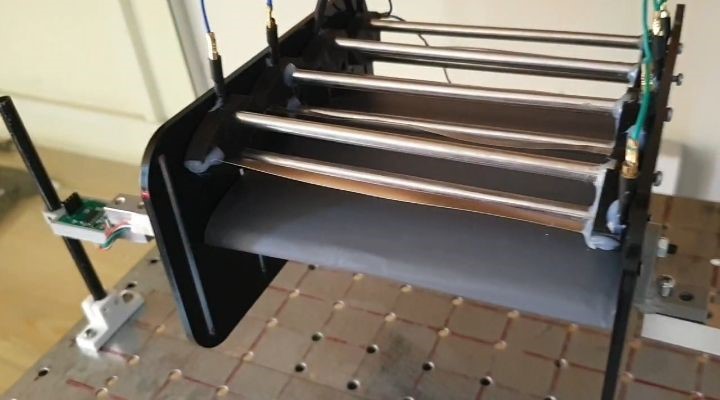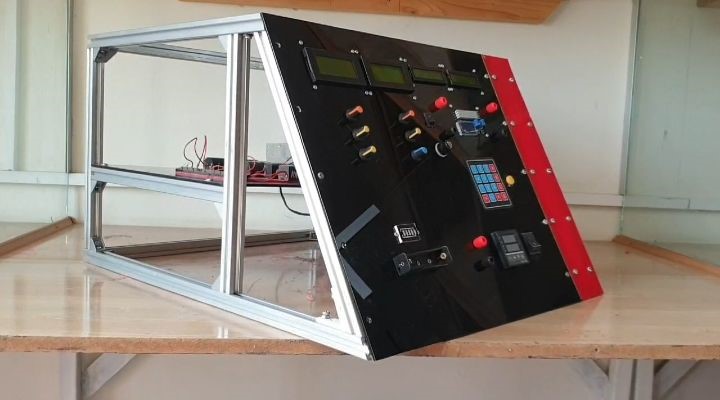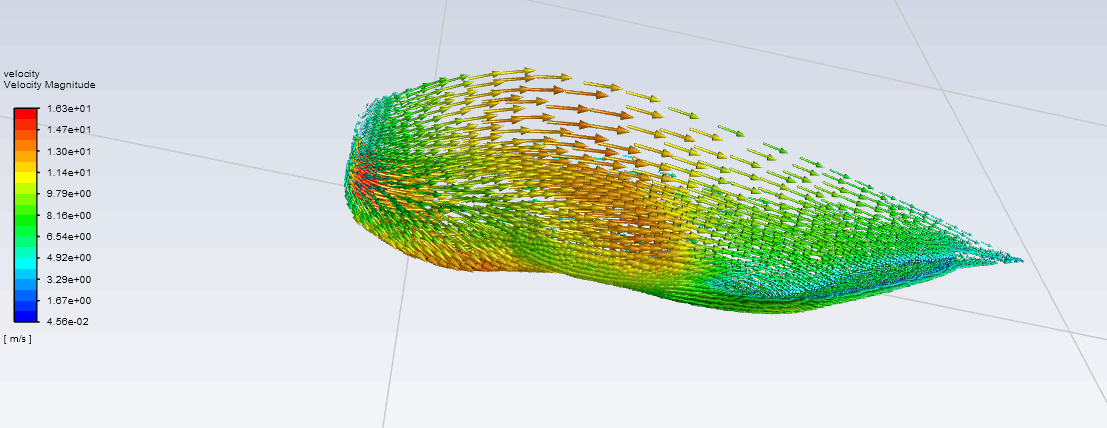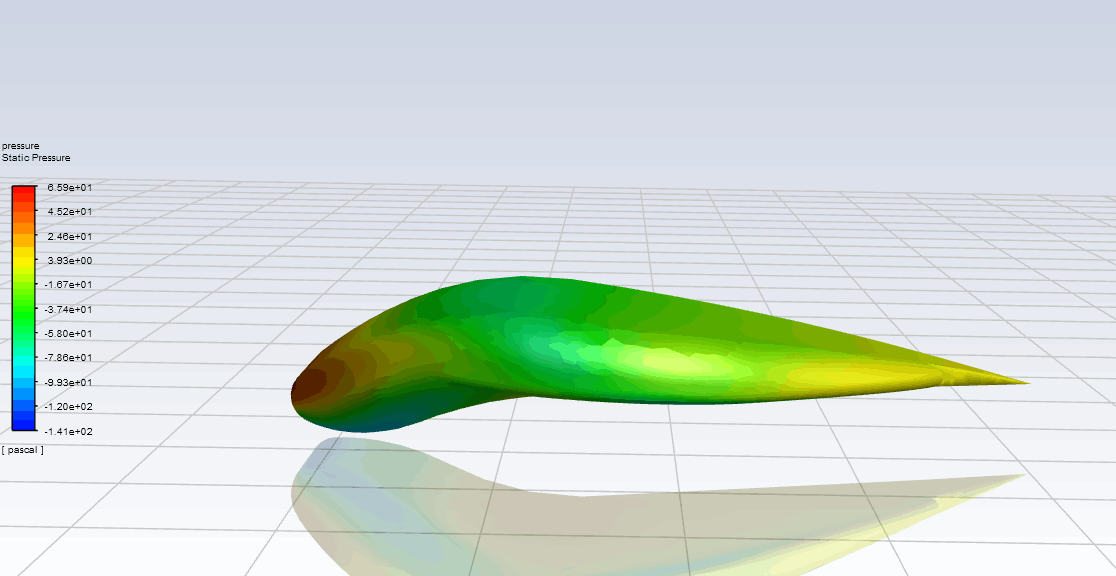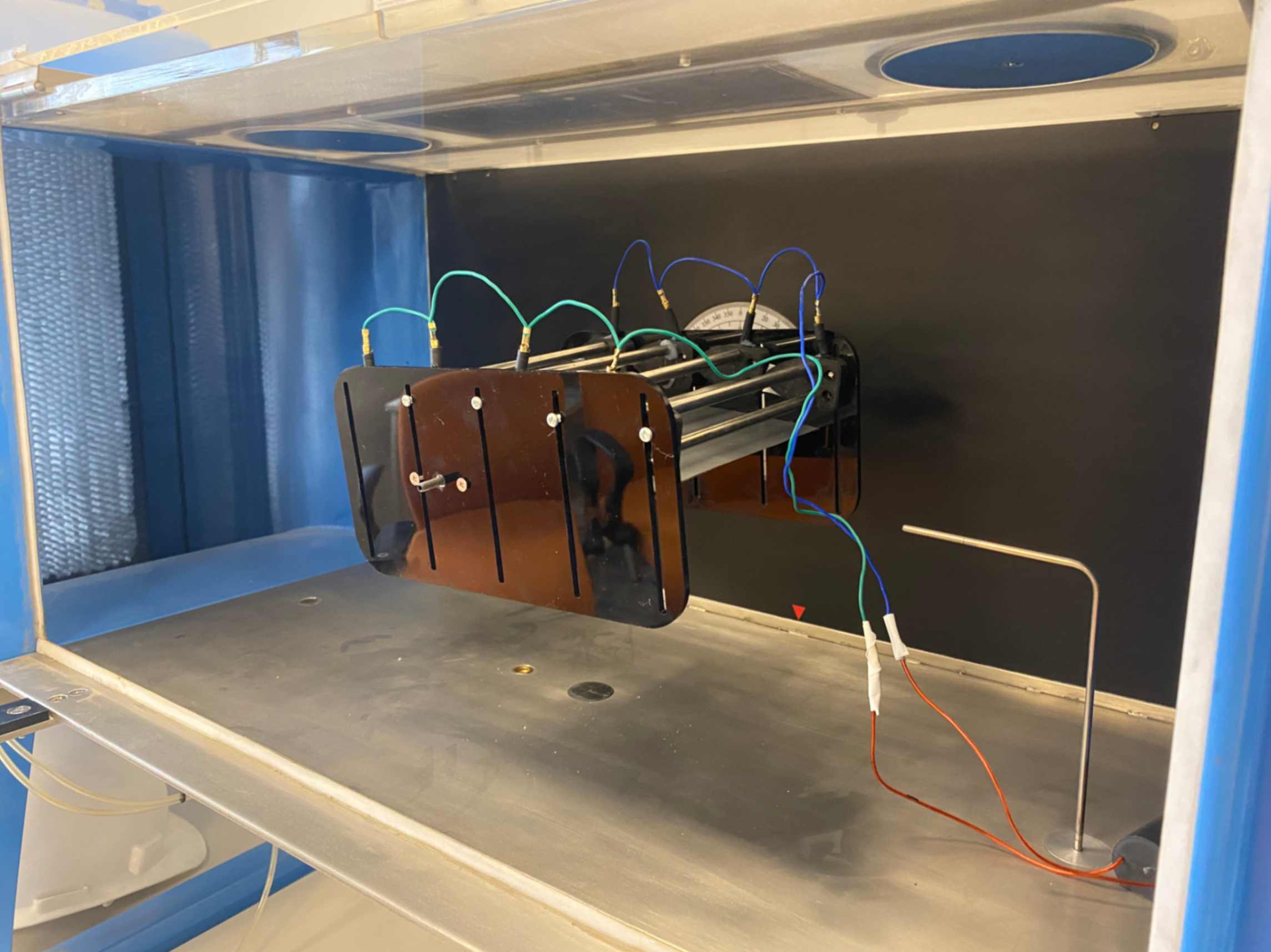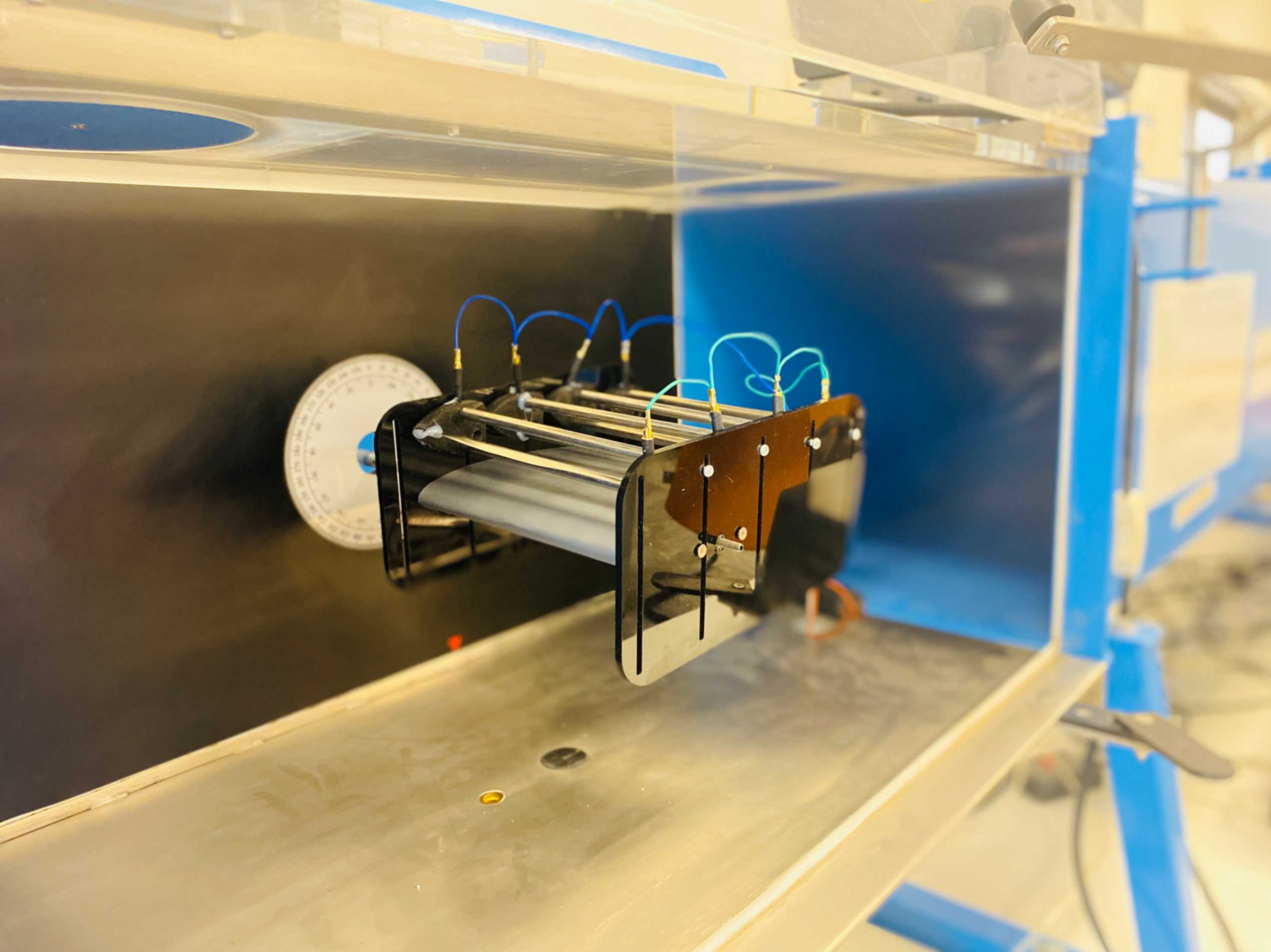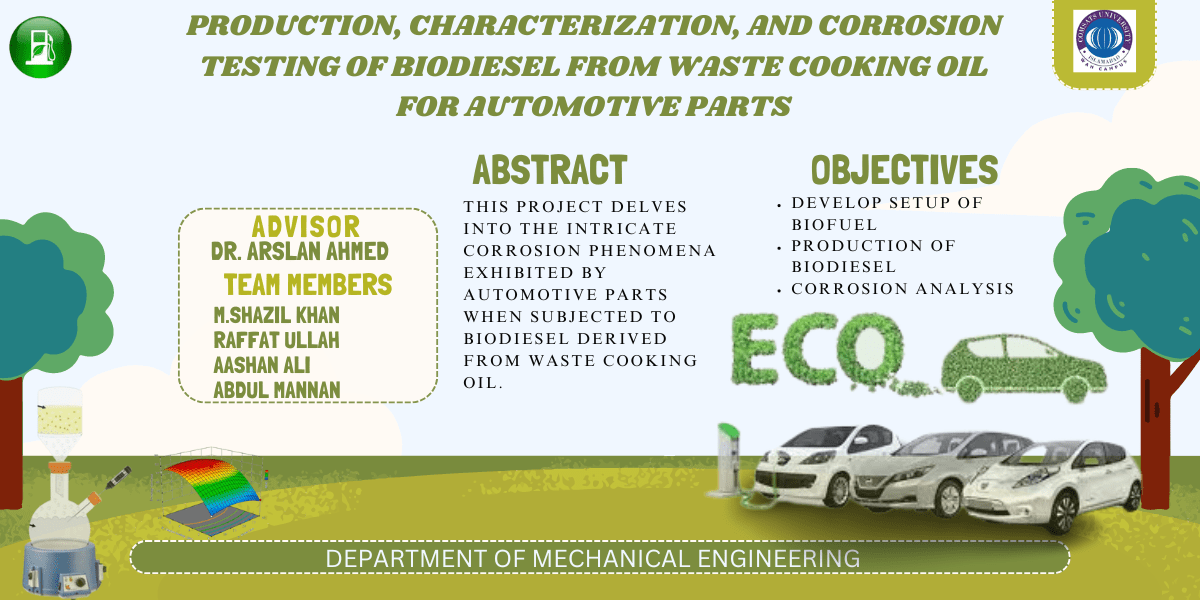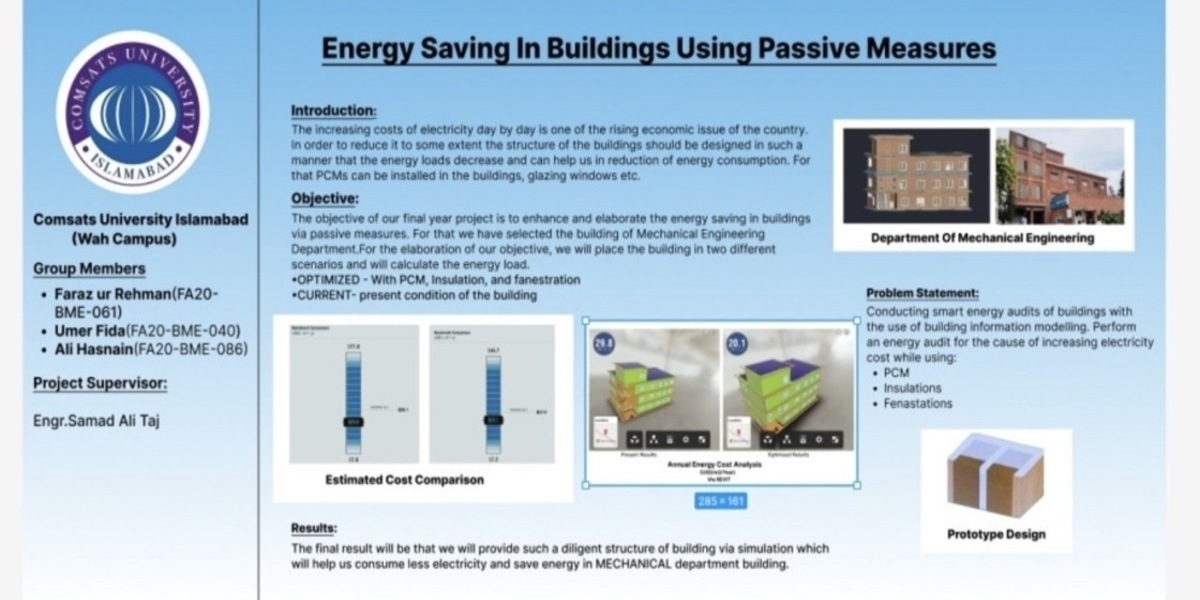Our mission is to craft an air-breathing ion thruster that outshines traditional wings in power efficiency. We're exploring how airfoils react when we place an air-breathing ion thruster on the upper surface of the wing. By supplying high DC power into the thruster electrode, we accelerate the air, creating a difference in speed between the upper and lower surfaces of the wing, which generates lift. Unlike gliders relying on conventional wings, our ionic wings demand less power for the same job. However, we're grappling with a hurdle: the speed of the airflow generated by our thruster isn't enough to lift the aircraft adequately. Drawing inspiration from nature, where gliding birds effortlessly navigate with minimal energy, we're delving into biomimicry. We're leveraging insights gained from our experiments with ion thrusters to design a bio-inspired wing model. This fusion of cutting-edge technology and natural wisdom aims to revolutionize flight, paving the way for a future where ai
Objectives
The primary objective of this research is to develop an air-breathing ion thruster with lower power consumption than conventional wing designs. This thruster will be applied to the upper surface of airfoils, and its effect on the airfoil's behavior will be observed. Our goal is to provide lift with the least amount of power. Using the information from ordinary ionic wings, we would later construct the falcon wing.
Socio-Economic Benefit
Using air-breathing ion thrusters on airfoils could save a lot of power and money. Regular gliders need a ton of power to fly with their usual wings. But with ion thrusters, we might need way less power, meaning lower energy bills and operating costs. By adopting this innovative technology, we're not just revolutionizing flight efficiency; we're also paving the way for more sustainable aviation practices. With lower power consumption, we can reduce our environmental footprint while still soaring to new heights of exploration and discovery.
Methodologies
To kickstart our research, we'll be pumping high DC power into the thruster electrode to get the air moving from the anode to the cathode. This acceleration causes a speed difference between the top and bottom surfaces of the airfoil, which helps create lift.
Next, we'll compare regular gliders with ones fitted with ionic wings to see how they stack up in terms of power efficiency and performance.
To measure our parameters, we're using a portable universal test bench. This nifty tool helps us track velocity, thrust, and input power, giving us a clear picture of how our wings are performing.
Additionally, we're using a wind tunnel equipped with a fogger to fine-tune the airflow. This helps us optimize whether we want the air flow to be smooth and laminar or more turbulent, depending on what's best for our wings' performance.
Outcome
We have created airfoils with air-breathing ion thrusters that use less power while still being able to generate lift just as effectively as traditional designs, if not better.
Beyond that, we've used the knowledge gained from this research for designing bio-inspired wing model. By drawing inspiration from nature, we improved the efficiency of our wings and conserved even more energy in flight systems by designing a falcon wing and found great results in its simulation.

